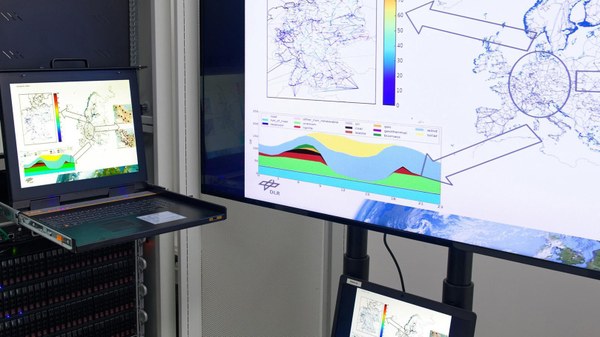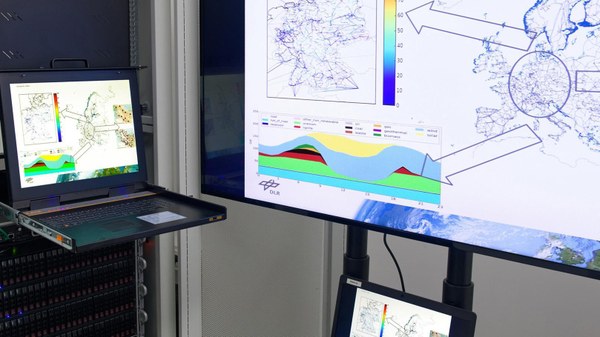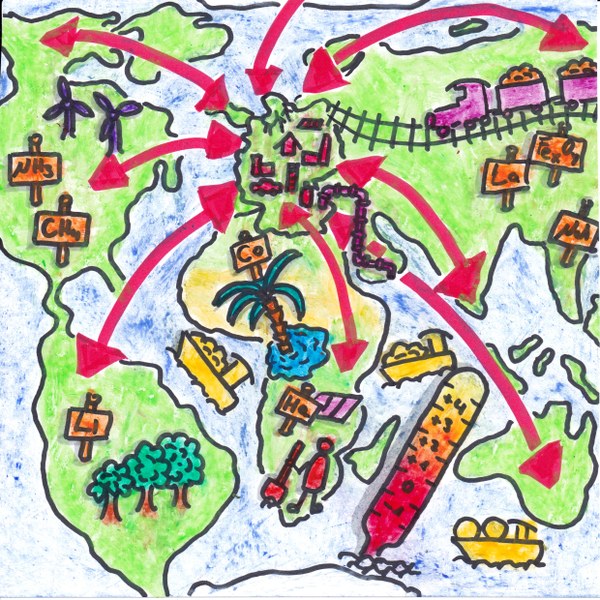Research project GENESE
Development of an open-source demand response tool to map the effects of societal change in energy system and electricity market models
The restructuring of energy systems in the coming decades will lead to developments that cannot be predicted today. In order to be able to offer a scientifically basis for strategic decisions, it is an important task of energy system analysis to model scenarios that take into account both the complexity of the energy system and the uncertainties with regard to future developments. To model the load, standard load curves based on historical load data have often been used for this purpose so far. For present analyses and short-term scenario analyses, this procedure has proven to be expedient. For long-term scenario analyses, however, there is a risk of erroneous results because the procedure implies that the shape of today's load curve will remain constant in the future. Consequently, structural effects due to the implementation of new technologies (e.g. e-mobility, electricity storage, digitalisation) and due to social change (e.g. mobile working, changes in opening hours, driving bans) are not mapped. Against this background, the aim of the GENESE research project (funded by the Federal Ministry for Economic Affairs and Climate Action) is to generate precisely fitting load curves for specific combinations of technological and societal development in terms of level (electricity demand) and profile (temporal resolution). To this end, an open-source demand tool is to be developed that represents an interface between energy system models and electricity market models.
Research project GENESE | |
|---|
Duration | October 2022 to September 2025 |
Funded by | Federal Ministry for Economic Affairs and Climate Action |
Project participants | - University of Stuttgart, Centre for Interdisciplinary Risk and Innovation Research, Institute for Energy Economics and Rational Energy Use
- Institute of Networked Energy Systems
- Jülich Research Centre, Institute of Energy and Climate Research - Systems Research and Technological Development
|
In principle, a large number of different simulation and optimisation models with different temporal resolutions are available for the creation of scenarios. A complete picture of the energy system can often only be achieved through model integration. For this purpose, on the one hand, models are used that focus on the overall picture of the energy system, but usually have a low temporal resolution (e.g. energy system models). They are coupled with models with finer time steps that focus on subsystems (for example, electricity market or grid models). The data-side integration of the different model types has so far often been done by using standard load curves. Accordingly, the load profile was only adjusted in level.
This is where the GENESE project comes in, by systematically analysing the effects of societal change on electricity demand. When designing realistic electricity demand levels and related load profiles for medium- and long-term future analyses, this encounters several challenges at once. First of all, the relevant societal changes that will affect the demand level and temporal profile must be identified. Since many aspects of societal change are subject to high uncertainties, scenarios for the corresponding change processes ("driver constellations") are required instead of forecasts on the change processes. Furthermore, it must be anticipated which temporal and quantitative profile effects the societal processes will unfold.
In the GENESE project, the Institute of Networked Energy Systems is taking on the task of developing an analytical demand tool that maps the combination of technological and social developments with their specific demands for energy services. In addition, it is to represent an interface between energy system models (ESM) and electricity market models (SMM). The exemplary application of the demand tool is also intended to provide an indication of the extent to which societal change affects issues surrounding the technology mix, security of supply and the affordability of the energy transition.
The usability of the demand tool will be tested as an example in the project and then published as open source. It is intended to be generically applicable, which is why it is explicitly not designed exclusively for the models used in the project. The free availability of the demand tool should also enable other users of ESM or SMM to integrate the project results directly into their modelling.
Further information on the GENESE research project:
Departments, research groups and challenges related to the GENESE project:





